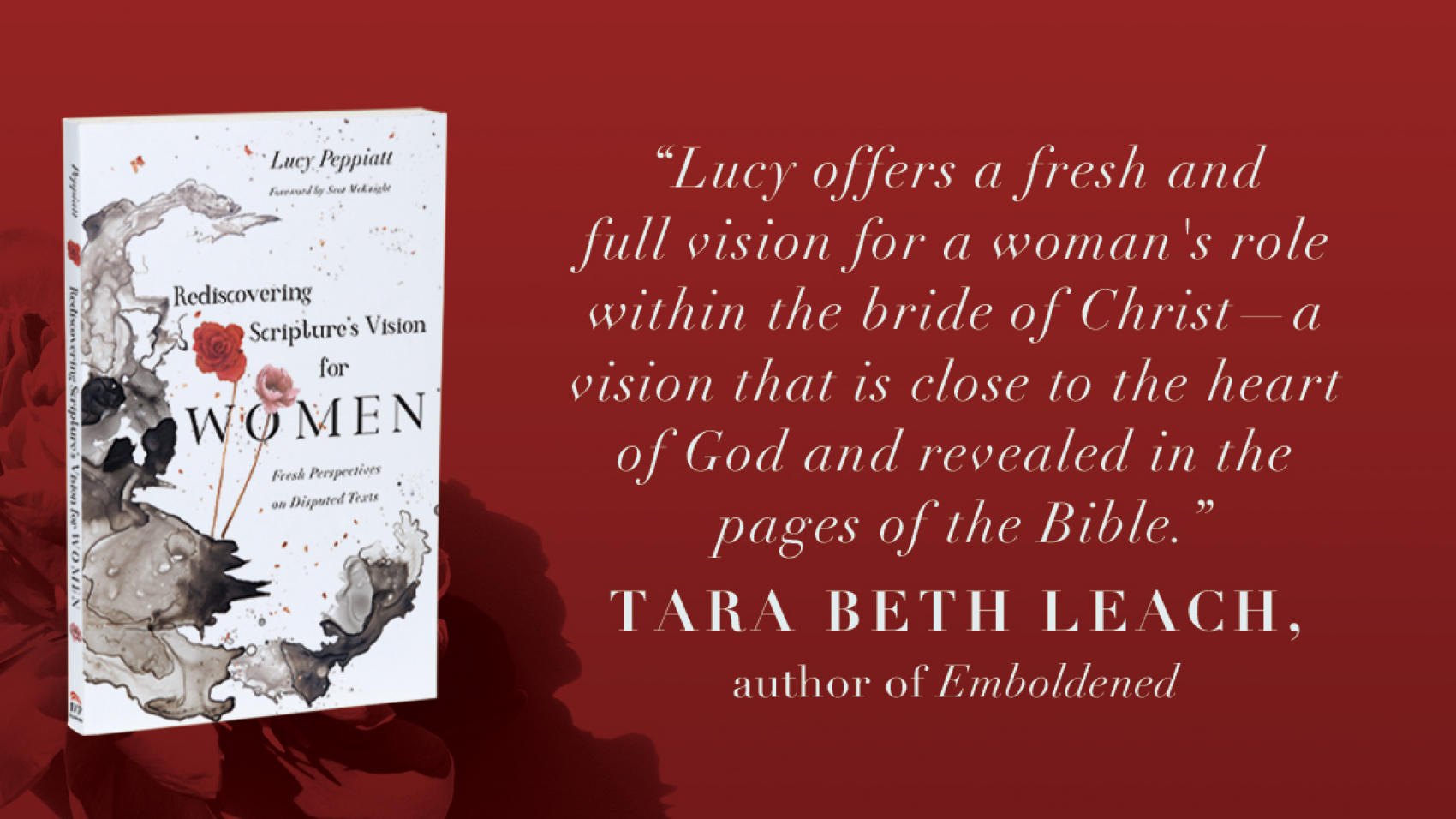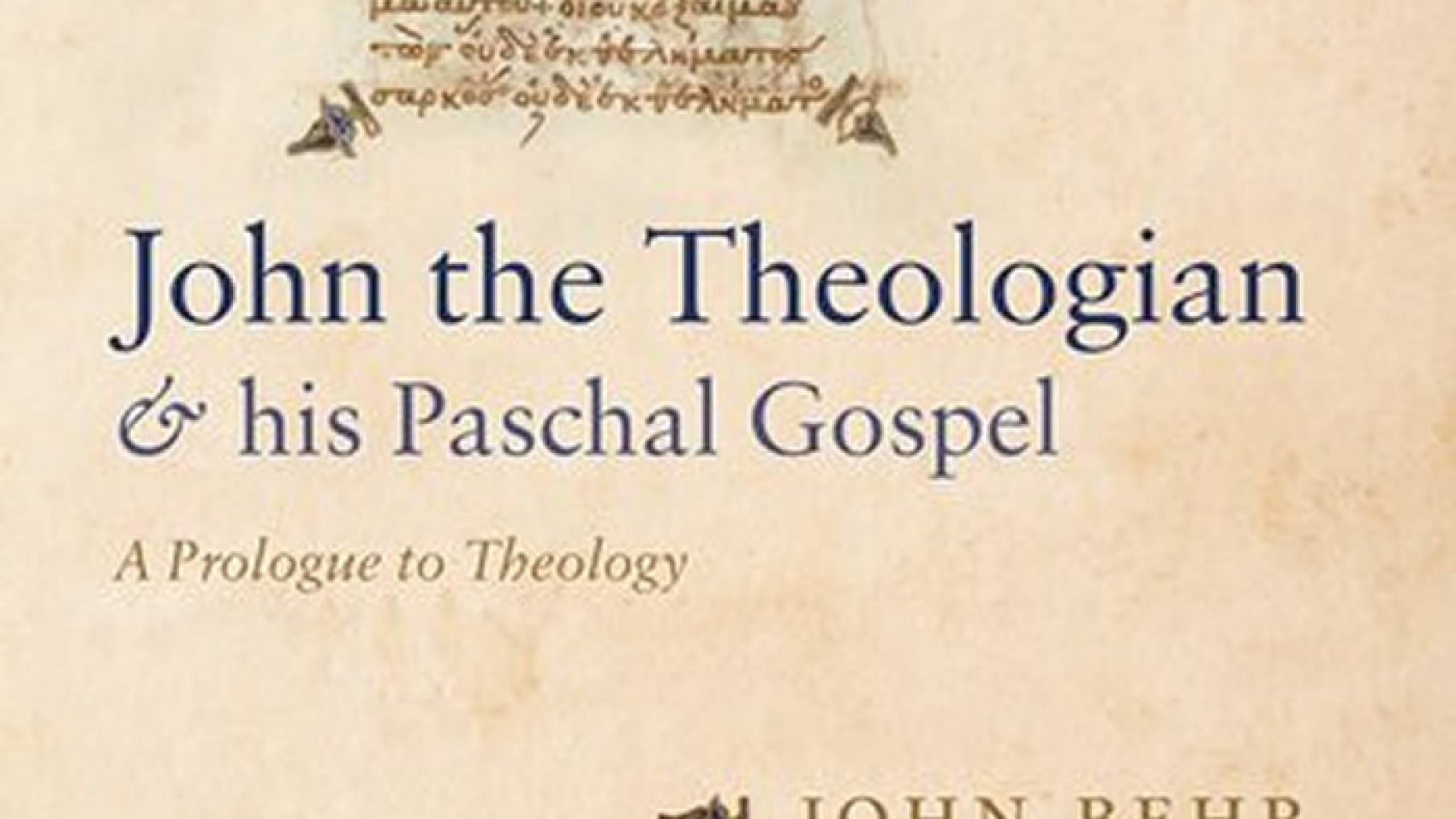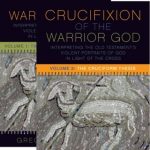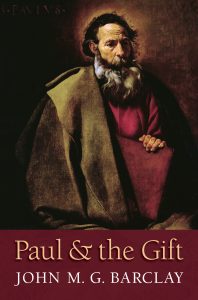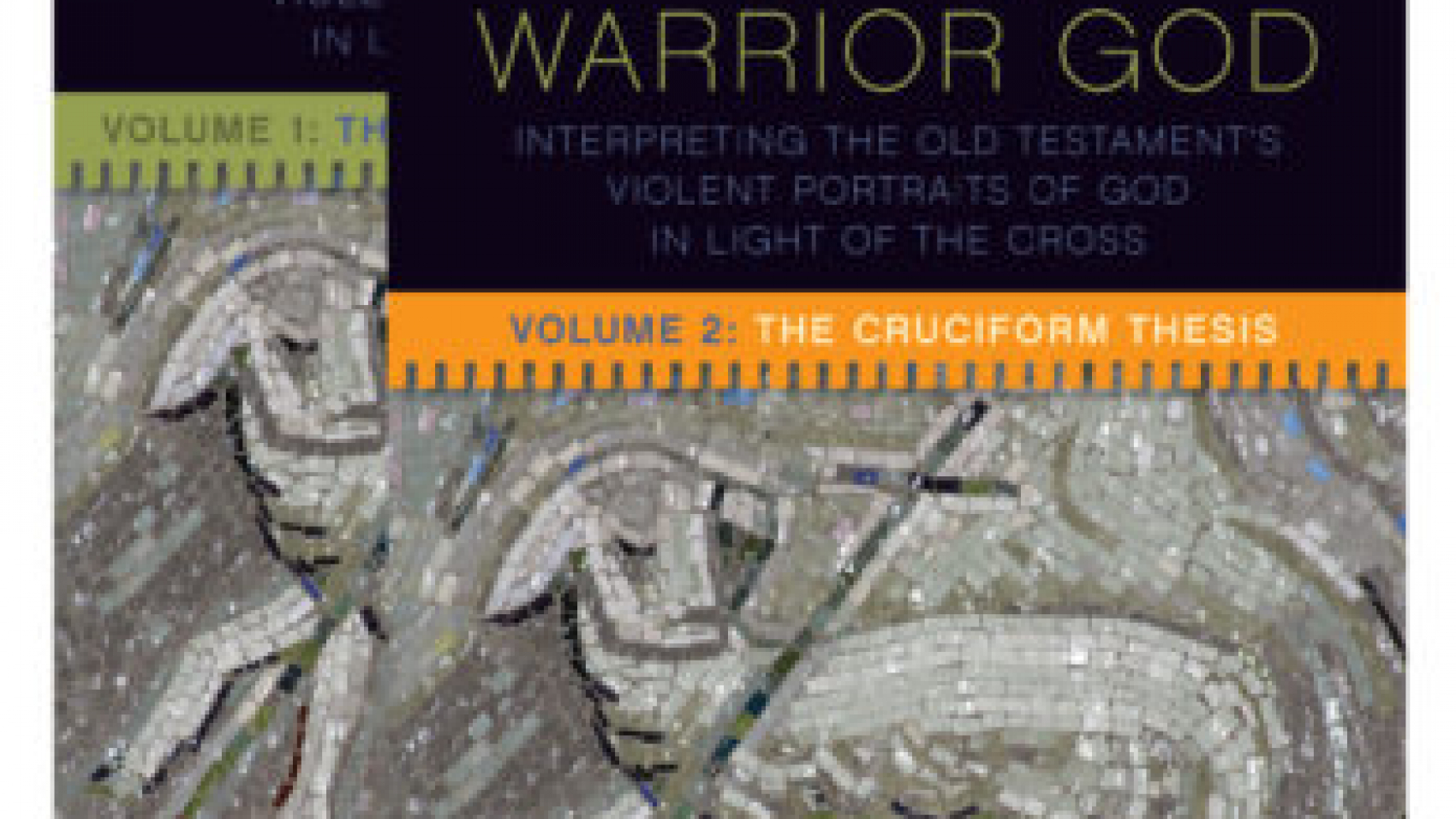Female Theologians…
I recently attended a really enjoyable theology conference in LA. I listened to thought-provoking papers and presentations, met some interesting new people, gave a paper myself on a topic I love, and had some good conversations. I also attended a lunch hosted by Logia, a new initiative launched by the Logos Institute, ‘which seeks to support current female students and staff and encourage women to pursue divinity disciplines at the postgraduate level.’ ( http://logos.wp.st-andrews.ac.uk/logia/ ) Forty-five women attended. I gather this number astonished and pleased the organizers.
As a result of attending the conference and the few things that happened afterwards, I felt prompted to write this post.
After I left LA I found I had some time to finish reading the thesis of my good friend, Rev Dr Kate Coleman, on the experiences of black Christian women in the UK.[1] In it I read this, which I made a note of,
Mercy Amba Oduyoye concurs, “My experience is that it has always taken women to ensure the representation and voice of women, at least in the Church and other related bodies.”[2] Audre Lorde stresses the importance of such a development: For it is not difference which immobilises us, but silence. And there are so many silences to be broken.[3]
Just as I finished Kate’s thesis, another female friend of mine (a NT scholar) posted an article of an interview with John Piper where he states very clearly his conviction that women should not teach men in seminary in preparation for ministry as, in his view, the Bible prohibits this. I read (skim-read to be honest) the article. As familiar as I am with the stance, it never ceases to appall me.
My first thought was I’m so glad that I have a contract with IVP Academic to write a book called Freedom to Lead. In this, I’ll explain why I (and so many others) think that the Bible does the opposite. I’m due to write this in the next few months.
Secondly, I felt beyond sad and frustrated. I’m always rendered momentarily speechless when I see opinions like that in print. I’m a theological educator and the principal of a non-denominational seminary style theological college (which specializes in spiritual formation for life, leadership, and ministry). I have had a teaching and preaching ministry in the church for over twenty years, and I’m a mother of four sons whom I, and my husband, have nurtured in the Christian faith.
So thirdly, everything coming in the space of a few days made me want to put my own something in print—something that I hope will strengthen the mettle of other women to pursue theological education at a higher level, to hang in there, and to become the women teachers, preachers, and leaders that the world and the church needs.
Women ensure the representation and voice of women
What women often do for one another is just to share their stories, and as we do, we give one another a sense of relief that ‘it’s not just me,’ which somehow helps us all out. Frances Young spoke about this in her paper in LA. Here is a bit of my story for those women who are thinking about going into academic theology.
I came in late to systematic theology at a post-grad level having studied for a bachelor’s degree in theology on my own in my 30s. I was in my 40s and have always only ever been a part-time theologian. I only studied theology to begin with because I wanted to be a better preacher and pastor. I studied, led a church with my husband, and managed a houseful of boys. Now I’m the principal of a college, I still lead a small church, and I do research and writing in any time I can get. I absolutely love theology.
When I started my MA in systematic theology, I noticed straight away that systematic theology is dominated by male voices. This baffled me slightly. It wasn’t until I began to realize the way that systematic theology is done at a higher level that it made more sense to me. That is not to say that the men I met were not respectful and encouraging to women—quite the opposite in my experience—just that the academic world is quite hard-hitting for anyone who ventures into the field. If you start under-confident, it’s going to be a greater challenge to stay in there.
In recent years, I have certainly found some women that I admire in the field and I’ve enjoyed reading and meeting some great female theologians. But a further realization dawned on me as I went on to do a PhD. There were so few evangelical (and even fewer evangelical charismatic) women in systematic theology. I discovered a similar pattern in NT. I cited John Piper above and I have my own thoughts as to why this is the case, but that is not for this post. Here, I’d like to address those women who have just launched out into academic theology or are maybe thinking about it, identify some of the hurdles that you might encounter, and encourage you to keep going or take some first steps if this is for you.
At MA level I made friends with a young woman ahead of me who encouraged me at an early stage at King’s to keep going with academic theology. She had finished her PhD and had just started teaching at King’s. I’m grateful for her encouragement and friendship. Apart from that I had no other women academics in my life, and certainly no female professors, and that went on for years. The rest of my encouragers and mentors were men. By and large, it was the men who ensured that I found a voice and I am greatly indebted to them.
Despite help and encouragement, it was never ‘easy.’ It was always very hard work, intellectually, emotionally, and spiritually. I don’t think it’s ever easy for anyone—male or female—but women have more to overcome.
Whenever I go from my normal day job and normal life into a full-on academic environment I experience the same pattern of thoughts and emotions which are something like this: It’s so great to be here…I absolutely love this stuff…Why on earth am I here?… What am I doing here? I’d so rather be at home…I’m so glad I came…I have no idea what the speaker is going on about…Everyone else is cleverer/more knowledgeable/more confident than I am…Wow, that was so interesting. I love that idea…How on earth do we make this real for people on the ground?…I’d love to ask x or x… No, that’ll sound stupid… I’m glad I didn’t…I wish I had…
I could go on, but you get the picture. I often used to feel sick, panicky, and tongue-tied in academic settings—not a state I ever got into anywhere else and very unusual for me. Thankfully, I no longer feel that, but it did last for a very long time. The most familiar feeling of all is my little friend, the imposter syndrome, who just creeps in and snuggles up. I’m so used to it now that it’s boring and my best bet is just to try and keep it quiet.
Now, in the fourteen years since I started my MA, I’ve had enough conversations with women to know that this is all normal. It’s not just me. There are things you get used to and need to accept, and things you need to fight against.
Here’s my advice to women considering going into academic theology, even if it’s only ever part-time.
Listen to those around you
If you have an ability for learning, writing, and teaching theology, and other people identify that in you, then consider pursuing a higher degree. Thankfully, you don’t decide on your own whether you are able to become an academic theologian. It’s in the hands of your teachers and mentors. If they are good and they are for you, and they encourage you to do it, then first of all, trust them! They are not setting you up to fail. They see potential in you and they know what they’re doing. In other words, don’t drown in your own under-confidence.
Learn to persevere
Even though it makes all the difference in the world, their confidence won’t actually become yours. You have to find your own. This may take years and years. You may have to fight through chronic feelings of inadequacy and stupidity, crippling fears, and all the anxiety that accompanies that, to get to the point where you really believe that you might have something to contribute after all. I know for sure that this can happen to men as well. It’s just worse for women.
(I really hope one day that this changes. I absolutely love seeing confident younger women just getting up and having a go. It’s delightful.)
Decide not to be intimidated
Find your level so that you’re happy with what you are able to do and say rather than trying to emulate someone who is just nothing like you. You have to find your own voice and learn not to be intimidated by those who are ‘better’ at this than you. If someone is playing a power game, you should probably just keep away from him or her. In general, however, most people don’t actually want to intimidate you. My advice is just get used to feeling ignorant and stupid. You will never know enough. Ask lots of questions and enjoy the fact that there is always more to learn. Apparently, Colin Gunton used to say that it takes twenty years to be formed as a systematic theologian. As a part-time one, that means I’ll arrive when I’m 80 years old!
Get used to picking yourself up
I know I’m going to sound like a charismatic here (no apologies), but don’t underestimate that there is a spiritual battle (however you understand that—I know what I mean by it) over women in theology and leadership. So pray, pray, pray, and get others to pray for you as you study. If you decide you want to do this, get used to feeling knocked—it will happen. If other people have put faith in you, pick yourself up, and carry on. This was one of the best pieces of advice I ever received.
Focus on God
Finally, focus on why you want to do it. I was inspired to do theology just through my own reading and then meeting other theologians who had a passion for their subject (learning and speaking about God) and a deep sense of privilege that we are able to serve the church. If I’m flagging, thinking why bother with academic theology (which I frequently think), I look at the Gospels again, get back in touch with Jesus, worship, re-read a great theologian, and thank God that I get to play a part.
There are powerful voices ranged against women who feel drawn to academic theology. They come from without and within. They don’t have to be the loudest ones. I hope, if you’re thinking of studying and it’s the right thing for you, that you have a champion, or a few, who will cheer you on, open doors for you, pray for you, and delight in your successes, however big or small.
Don’t for one second imagine it will be easy. It won’t. But it could quite well be the best and most rewarding thing you ever get to do. It certainly has been for me.



